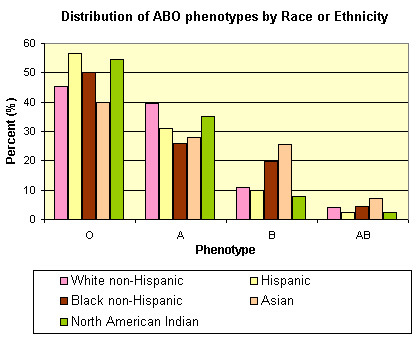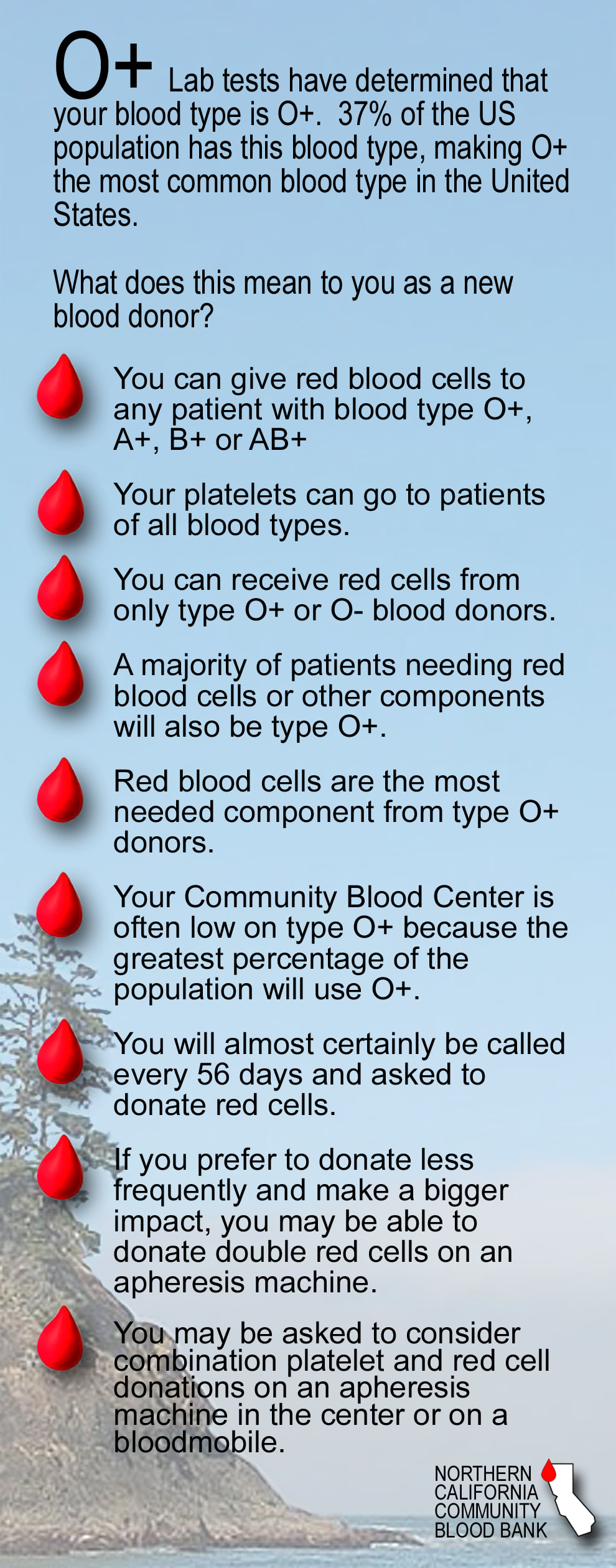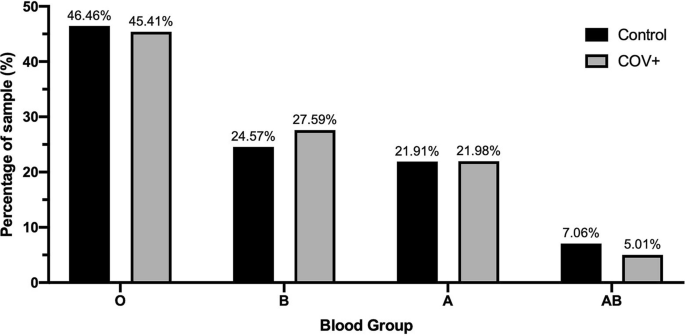
What is your blood type? Donate and find out. Nearly 16 million blood components are transfused each year in the U.S." For more about plasma donation, visit the plasma donation facts. The universal plasma donor has Type AB blood. The universal red cell donor has Type O negative blood. The need for O+ is high because it is the most frequently occurring blood type (37% of the population). However, the need for O negative blood is the highest because it is used most often during emergencies. Only 7% of the population are O negative. Throughout our lifetime, we are exposed to many types of viruses. vivax, the world’s most abundant malaria parasite, had made its way into the blood of Duffy-negative people, but until now, confirming evidence that the parasite had.


In recent years, researchers have begun to suspect that P. But there is an even rarer donor needed to help save newborn infants. The Duffy-negative blood group, one of the more than 30 blood types, is predominant in most African ethnic groups. This blood type is not common less than 8 of the population has it. Types O negative and O positive are in high demand. Type O negative blood donors provide the universal blood type most often used in emergency situations. Minority and diverse populations, therefore, play a critical role in meeting the constant need for blood. Type O is routinely in short supply and in high demand by hospitals – both because it is the most common blood type and because type O negative blood is the universal blood type needed for emergency transfusions and for immune deficient infants.Īpproximately 45 percent of Caucasians are type O (positive or negative), but 51 percent of African-Americans and 57 percent of Hispanics are type O. Why? O negative blood can be used in transfusions for any blood type. What is your blood type? Donate and find out.Universal donors are those with an O negative blood type. O- is found in six percent of the population. O+ is the most frequently occurring blood type and is found in 37 percent of the population. Type O blood is required and must be available in inventory for newborn babies and emergency patients. Nearly 16 million blood components are transfused each year in the U.S." O-, O+ Patients with any blood type can receive O negative blood.


Types O negative and O positive are in high demand. Universal donors are those with an O negative blood type.


 0 kommentar(er)
0 kommentar(er)
